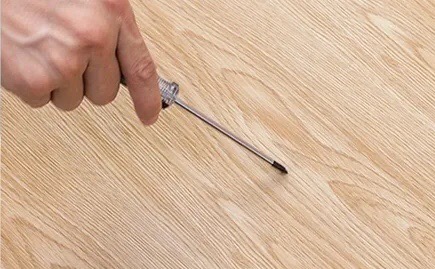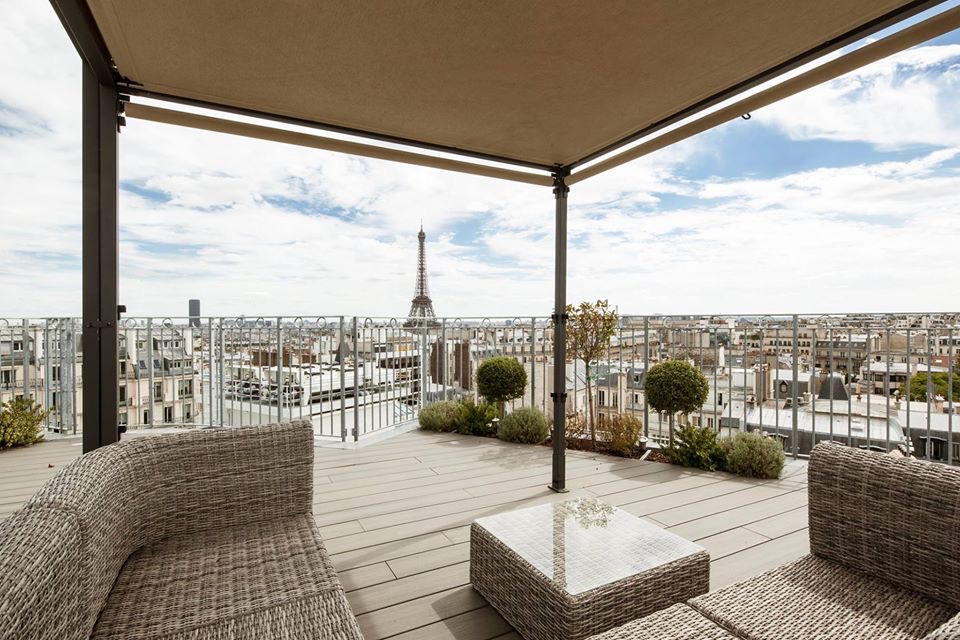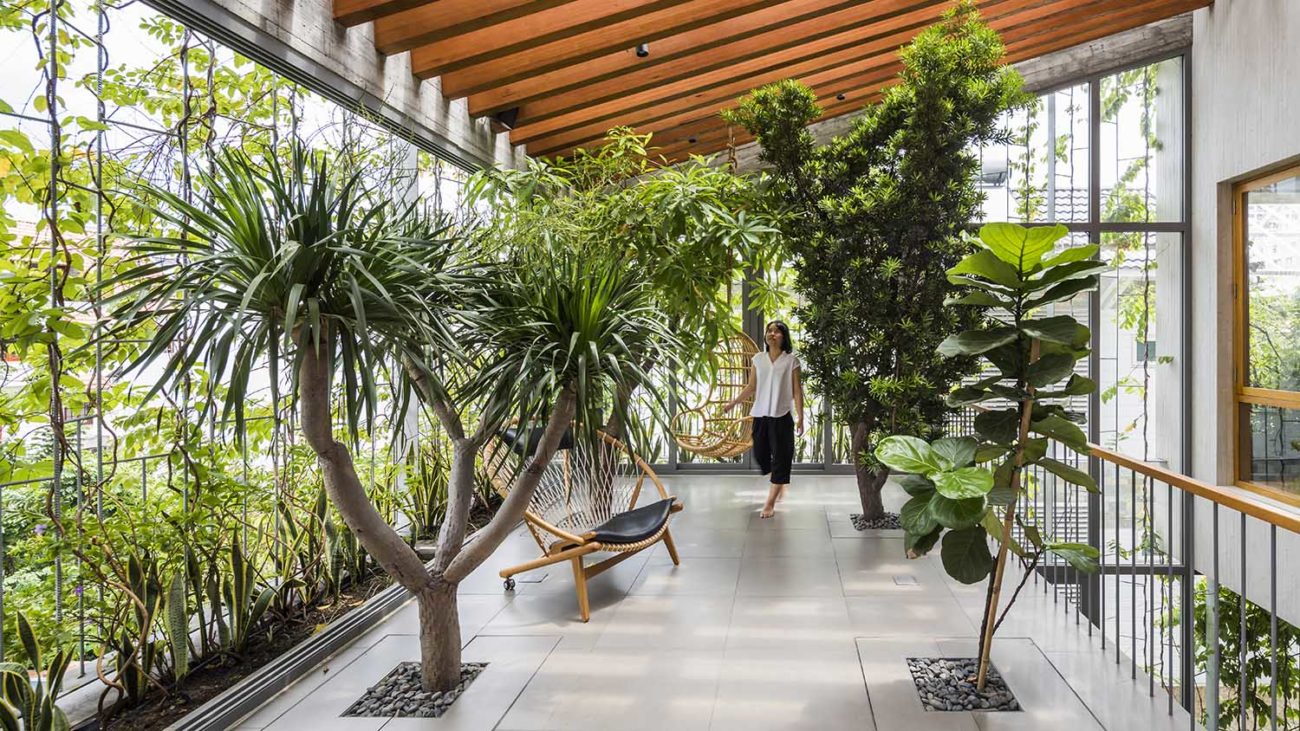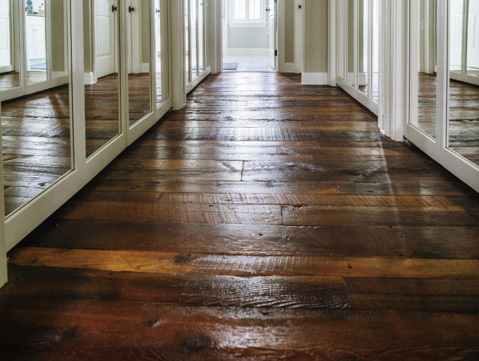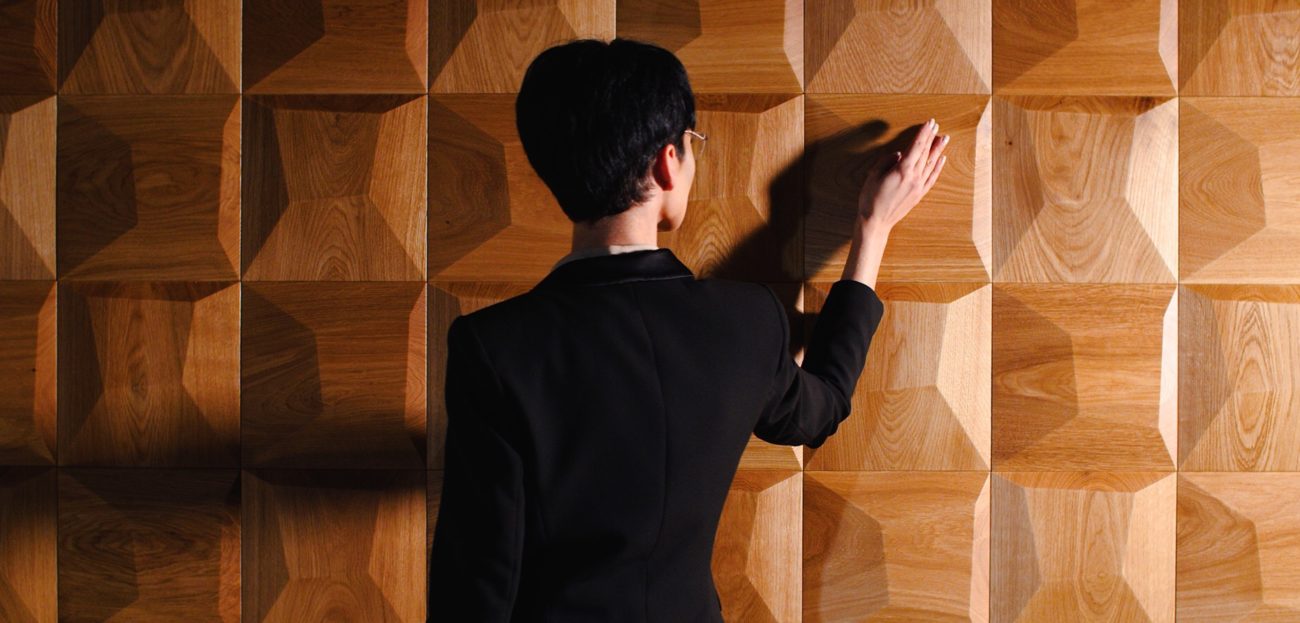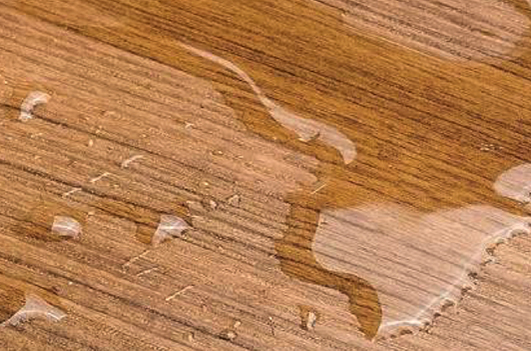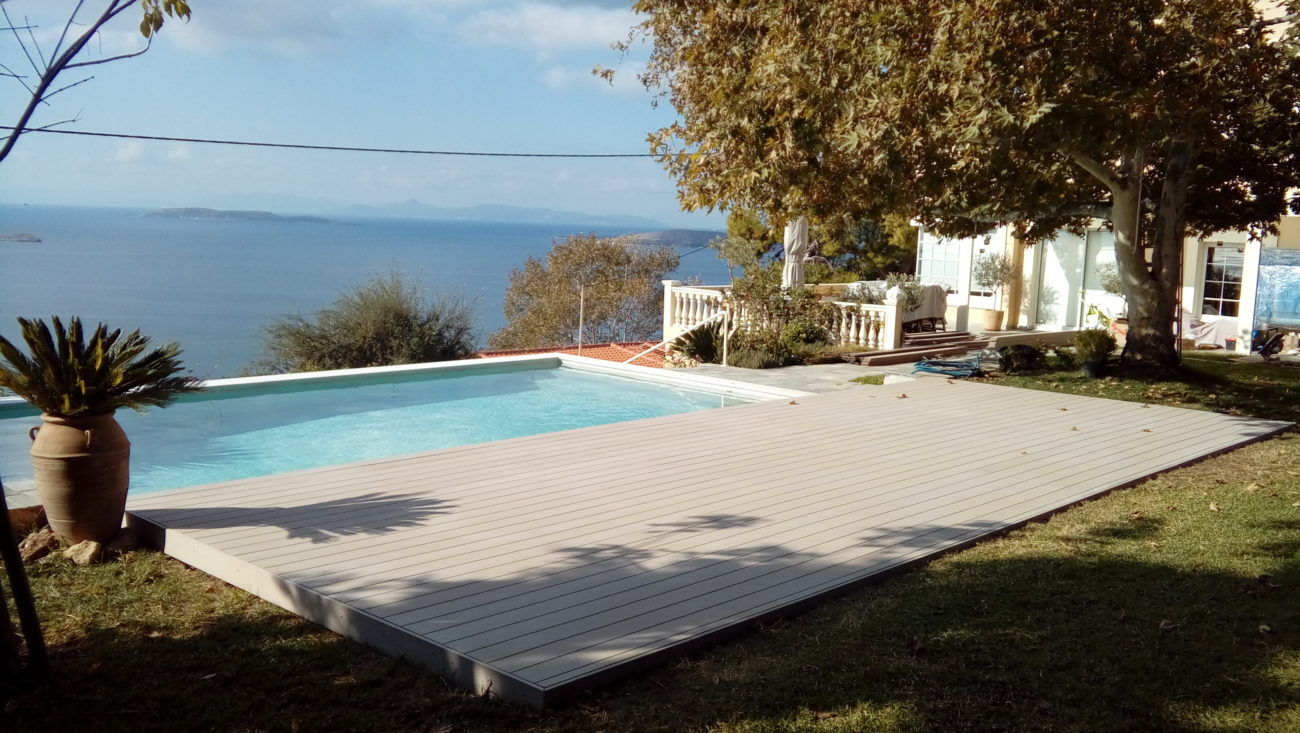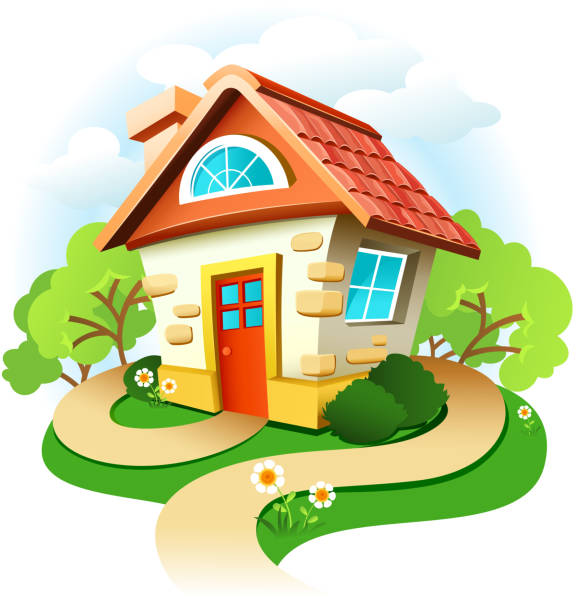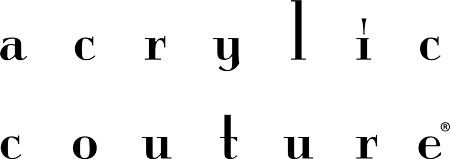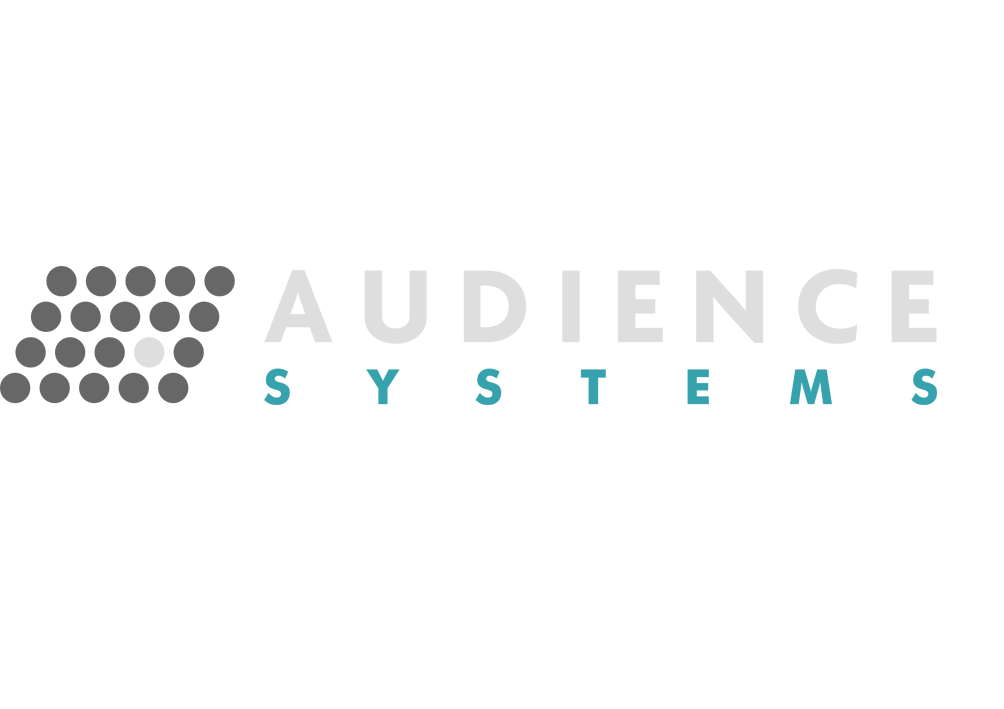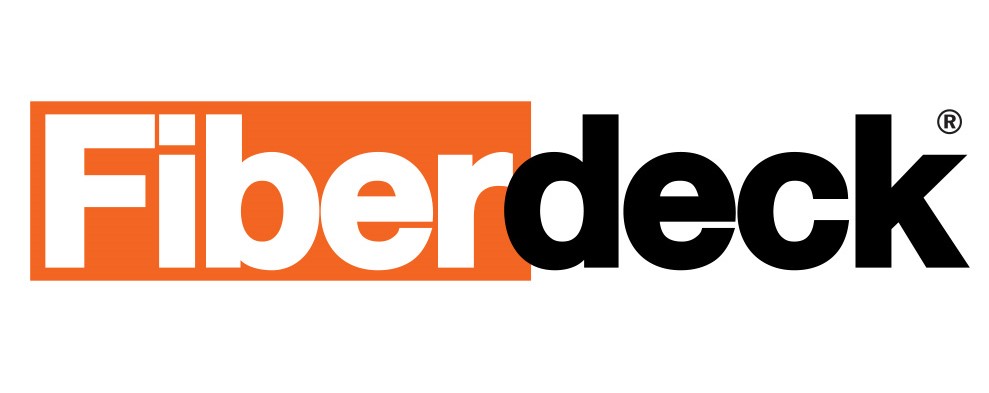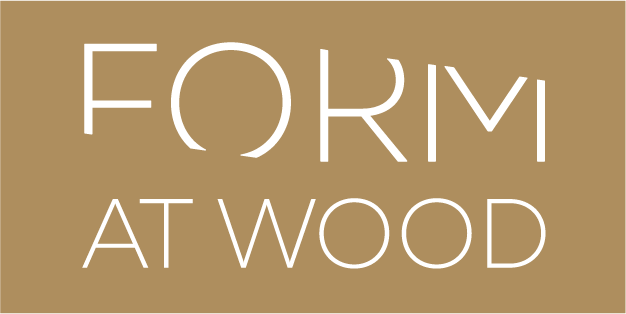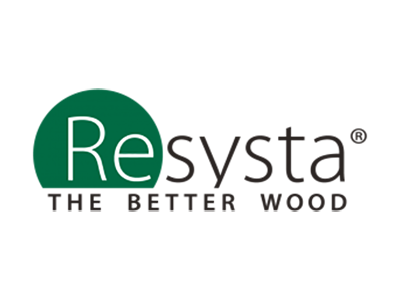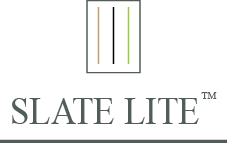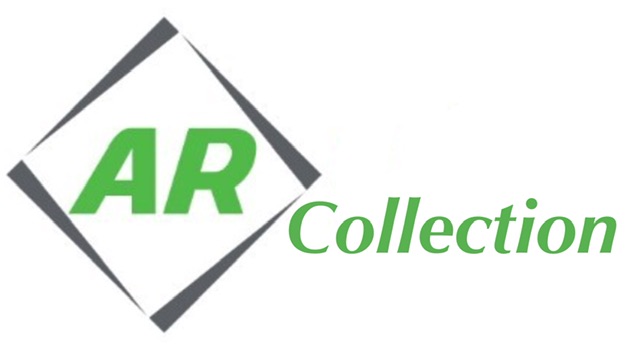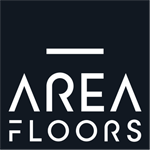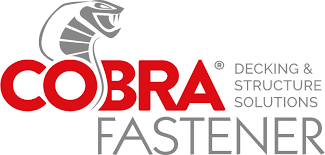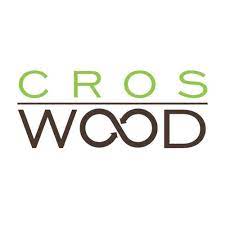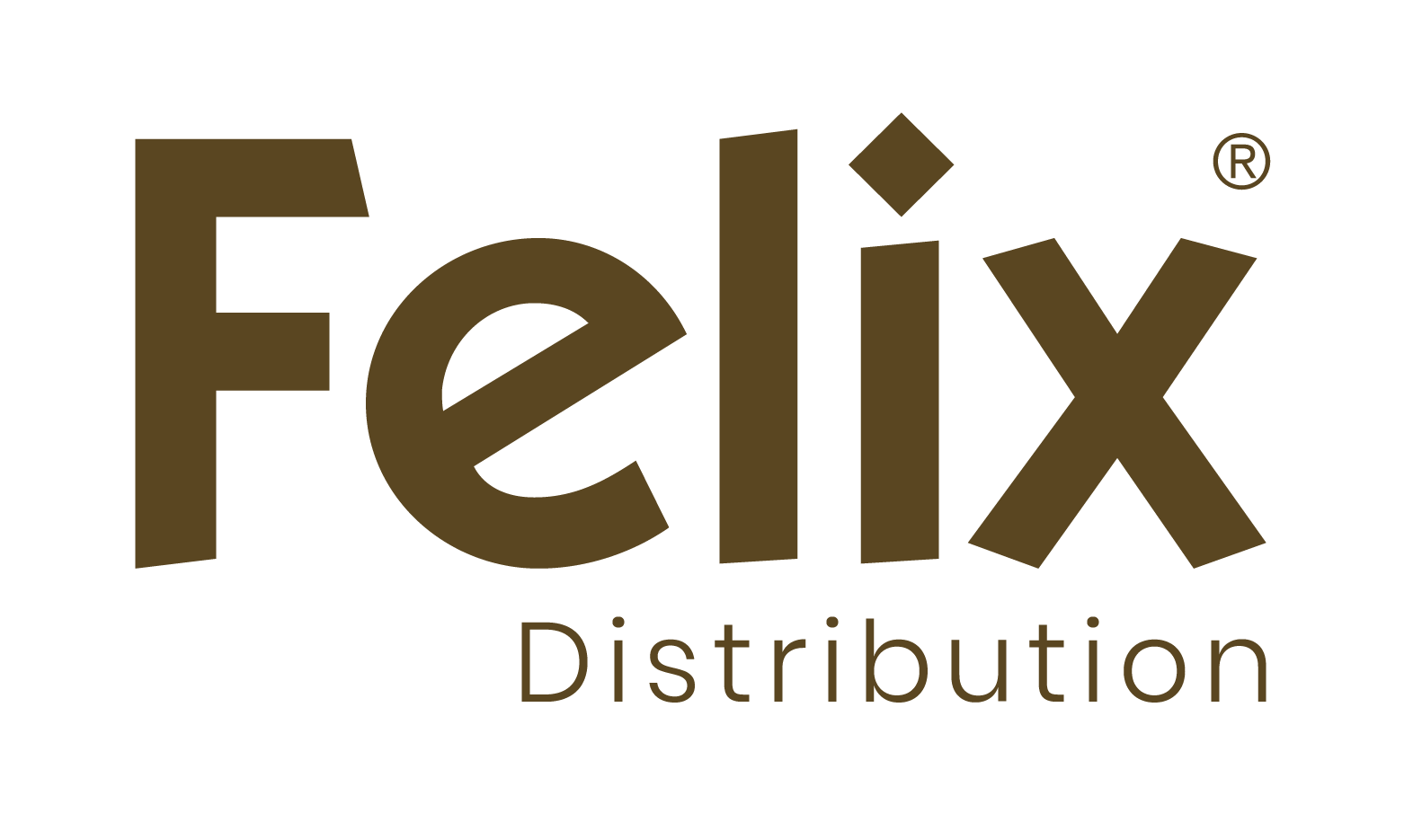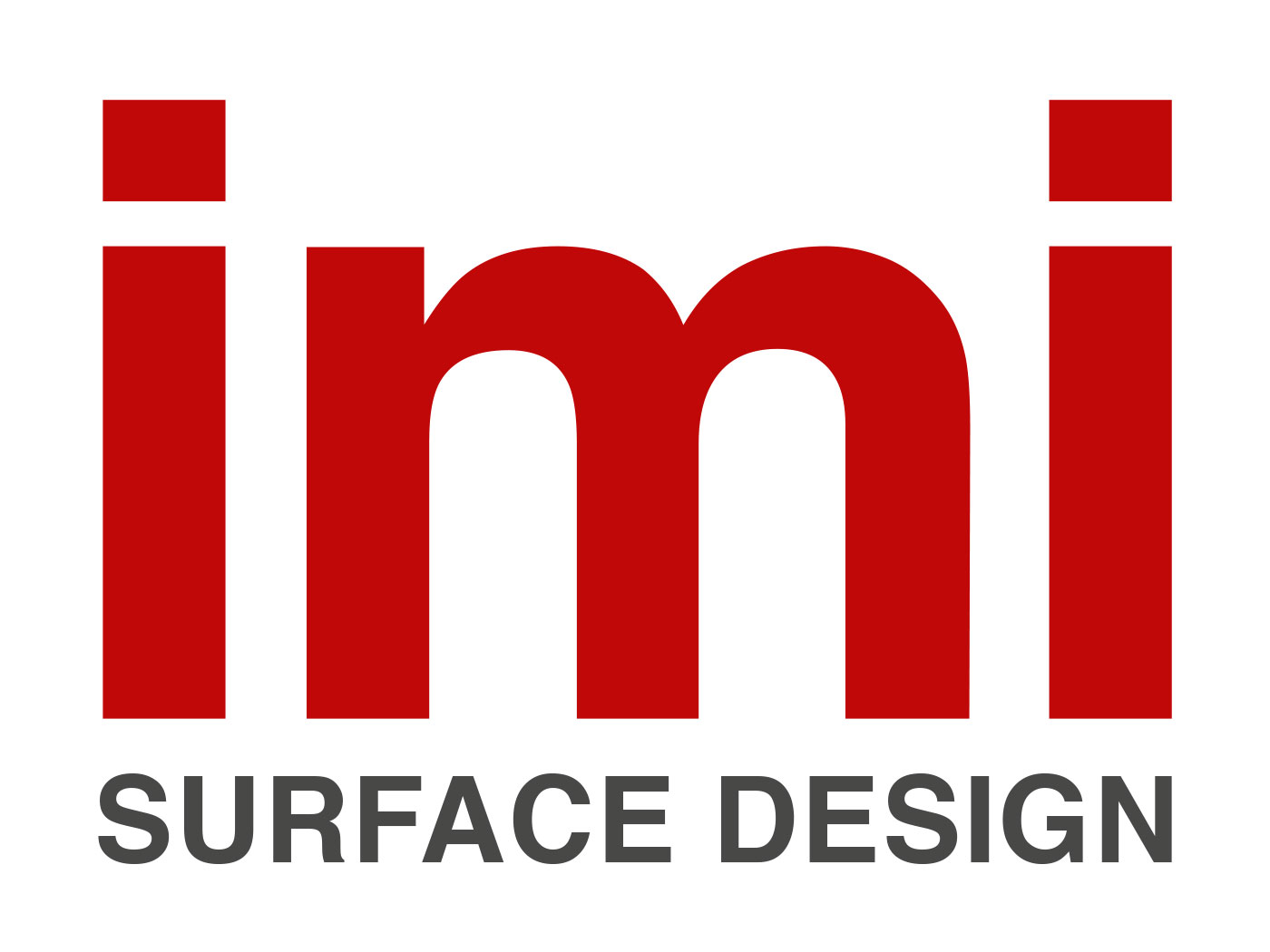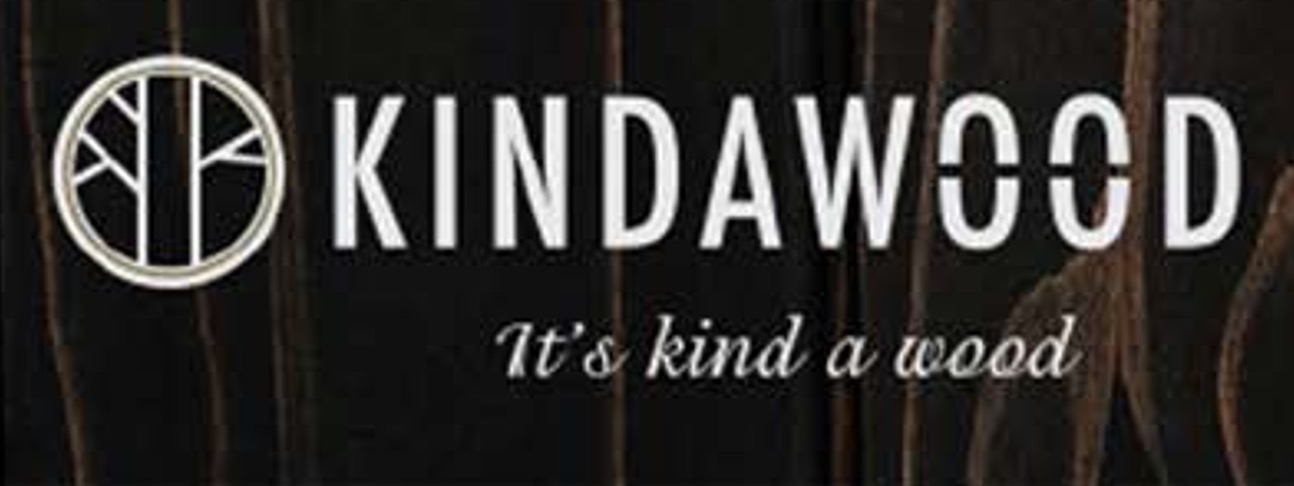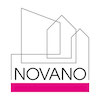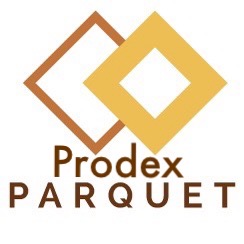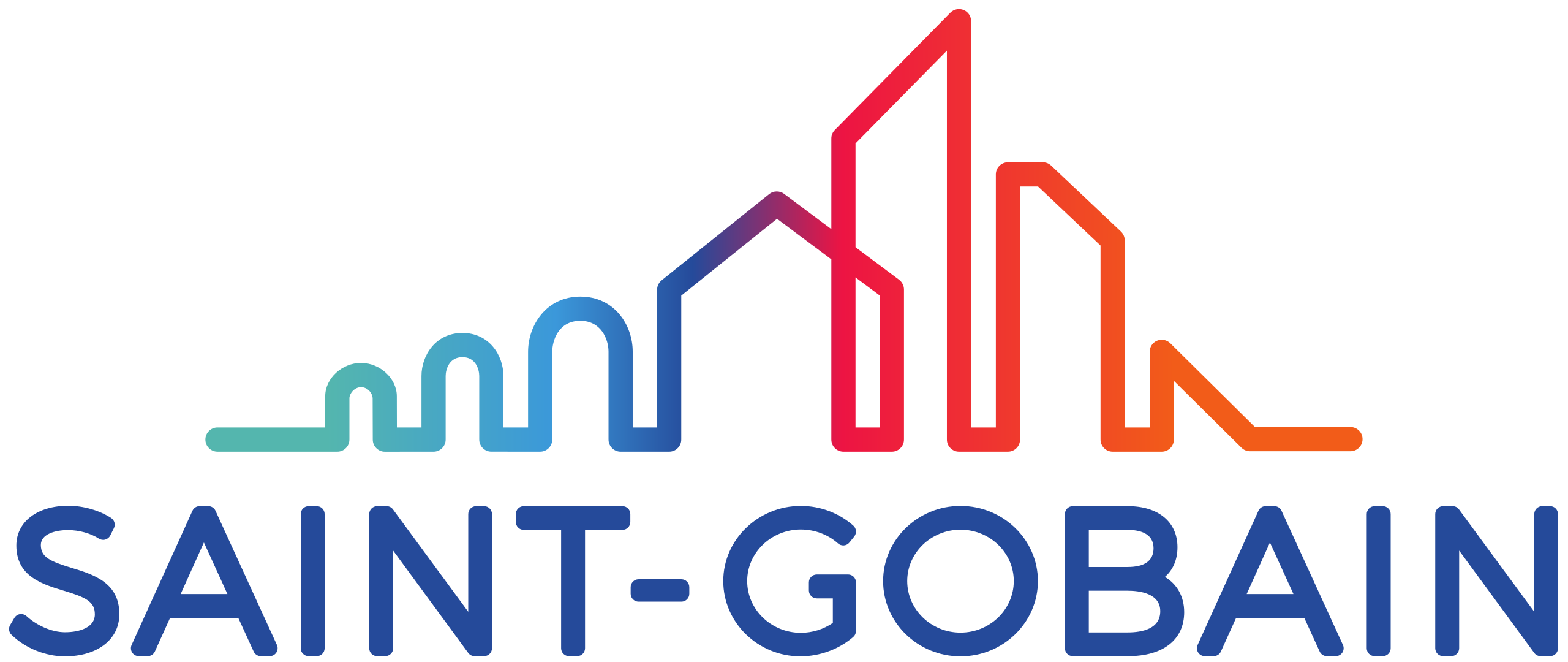LEED (Leadership in Energy and Environmental Design) is a green building rating system that encourages sustainable design and construction practices. LEED certification is an internationally recognized standard for high-performance green buildings.
If you are an architect or builder looking to design and construct a building that meets LEED requirements, there are several key factors to consider:
- Sustainable Site Design: The site design should be focused on minimizing the impact on the environment, preserving natural features, and reducing pollution.
- Water Efficiency: Water conservation should be a key priority in the building design, from the installation of water-saving fixtures to the use of efficient irrigation systems.
- Energy Efficiency: Energy-efficient building design is critical to LEED certification, including the use of high-efficiency lighting, heating and cooling systems, and insulation.
- Materials and Resources: Selecting sustainable and environmentally friendly materials is key to achieving LEED certification. This includes using products that are made from renewable or recycled materials and have a low environmental impact.
- Indoor Environmental Quality: Creating a healthy and comfortable indoor environment for building occupants is a priority in the LEED certification process. This includes using materials that are low in VOCs (volatile organic compounds) and providing adequate ventilation.
One company that can assist with meeting these LEED requirements is Materials Ark. They offer a wide range of products that meet or exceed LEED requirements, including environmentally friendly flooring, decking, wall coverings, and ceiling systems. Materials Ark’s products are made from sustainable, renewable, and recycled materials, helping to reduce the environmental impact of building construction and operation.
Materials Ark’s products are certified by independent third-party organizations, ensuring that they meet or exceed industry standards for sustainability and environmental responsibility. In addition to meeting LEED requirements, Materials Ark’s products also contribute to other sustainability programs, such as WELL Building and Living Building Challenge.
In conclusion, designing buildings to meet LEED requirements requires careful consideration of sustainable site design, water and energy efficiency, materials and resources, and indoor environmental quality.
Partnering with a company like Materials Ark, which offers a range of environmentally friendly products, can help ensure that your building meets these requirements and contributes to a more sustainable future.
Designing Buildings to Meet LEED Requirements: Tips and Tools for Architects & Builders

02
Jan






